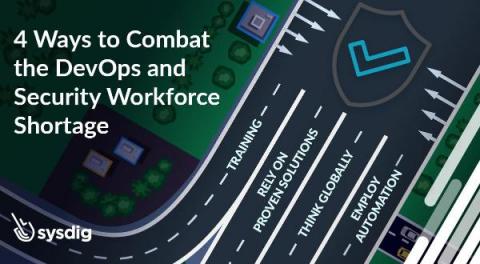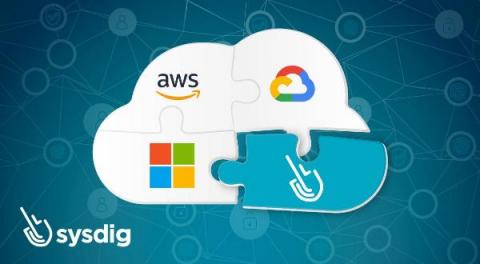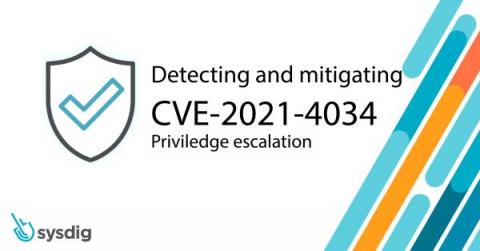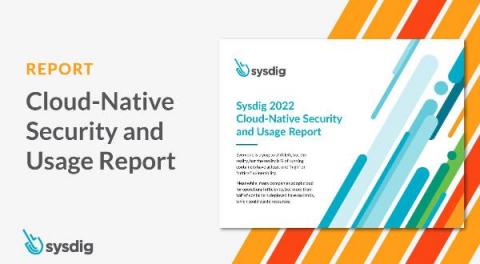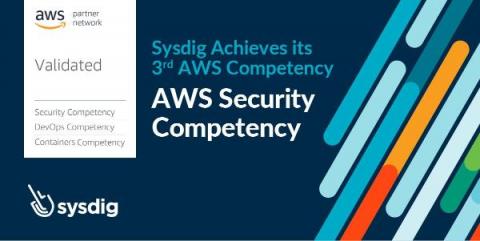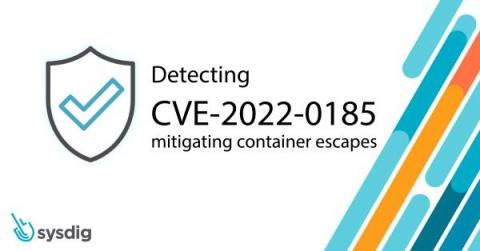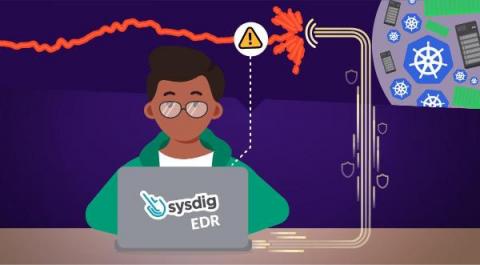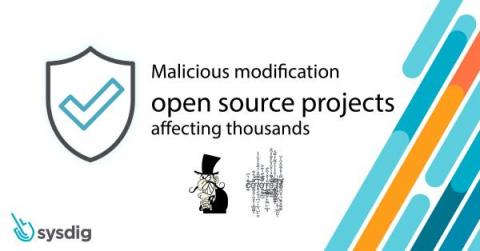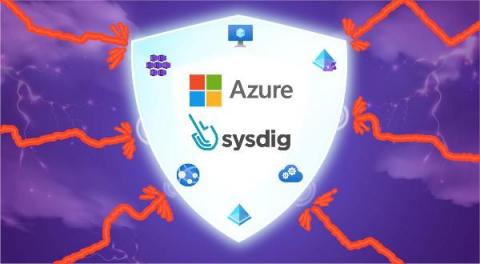4 Ways to Combat the DevOps and Security Workforce Shortage
Most people are painfully aware that security breaches have increased in recent years, while at the same time becoming much more sophisticated in their approach. Additionally, ever-expanding application environments and continuously evolving workloads have created more opportunities than ever for attackers. What’s not so apparent to those outside of the tech bubble: The world is dangerously ill-equipped to handle the magnitude of these threats.


